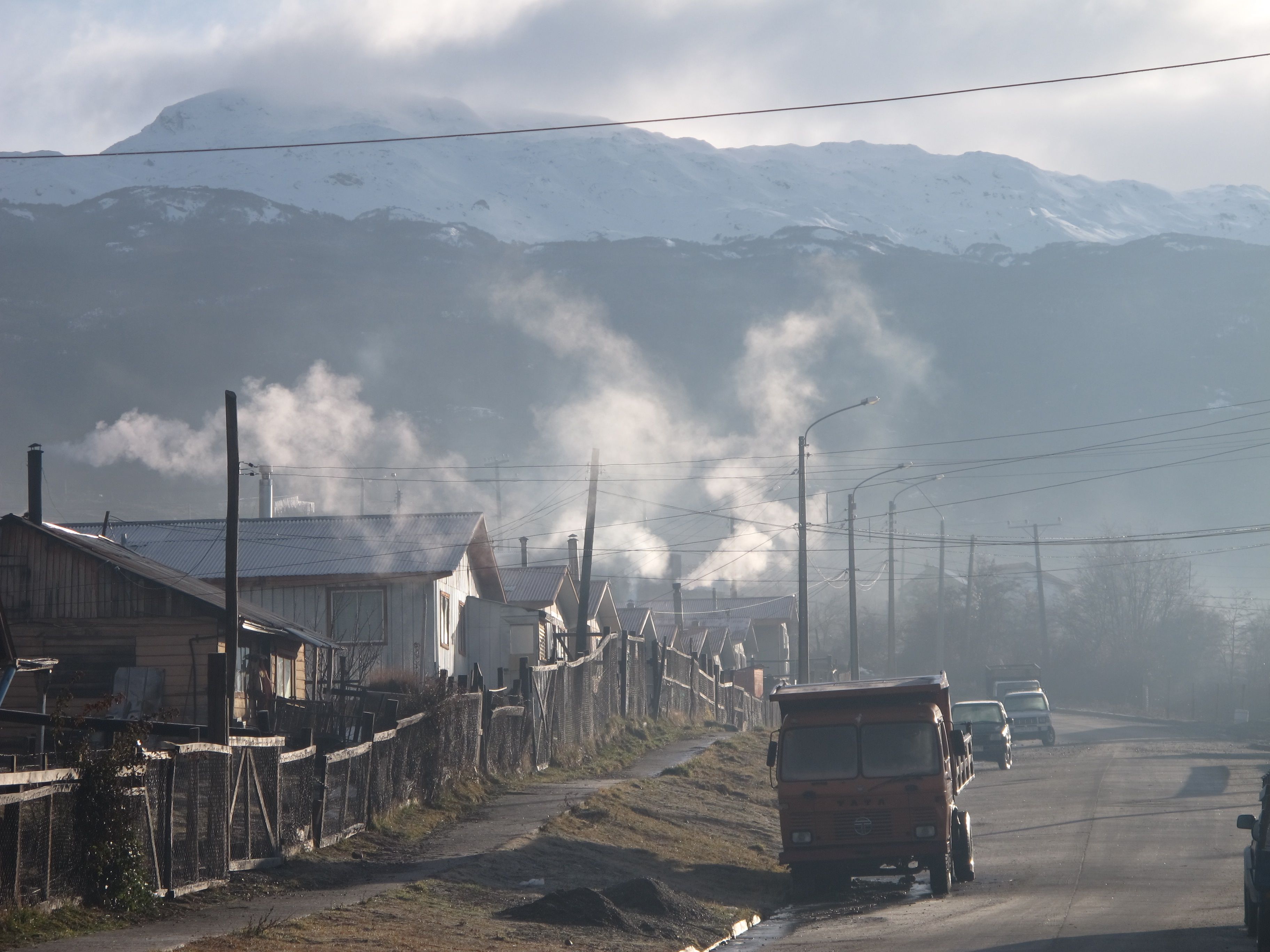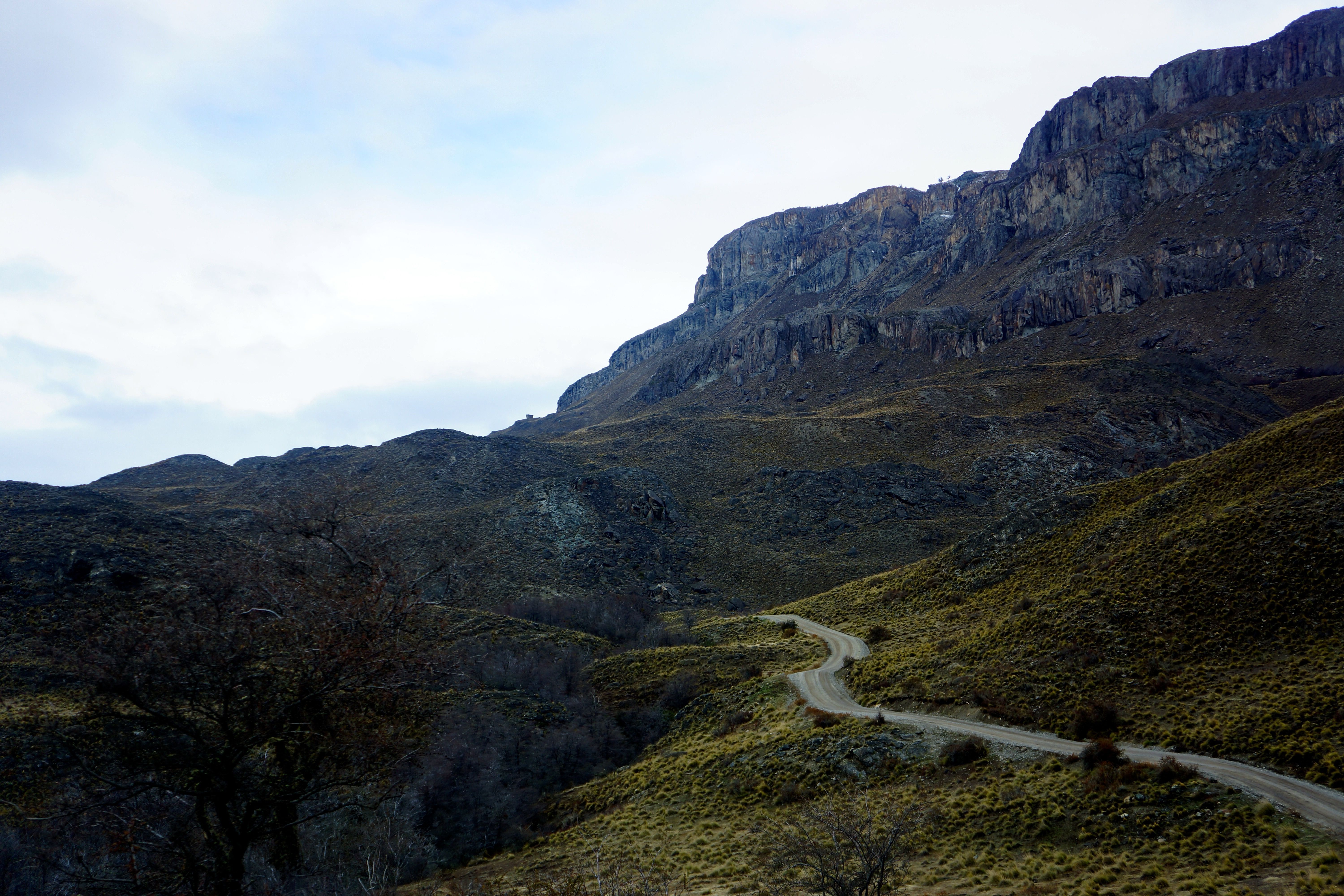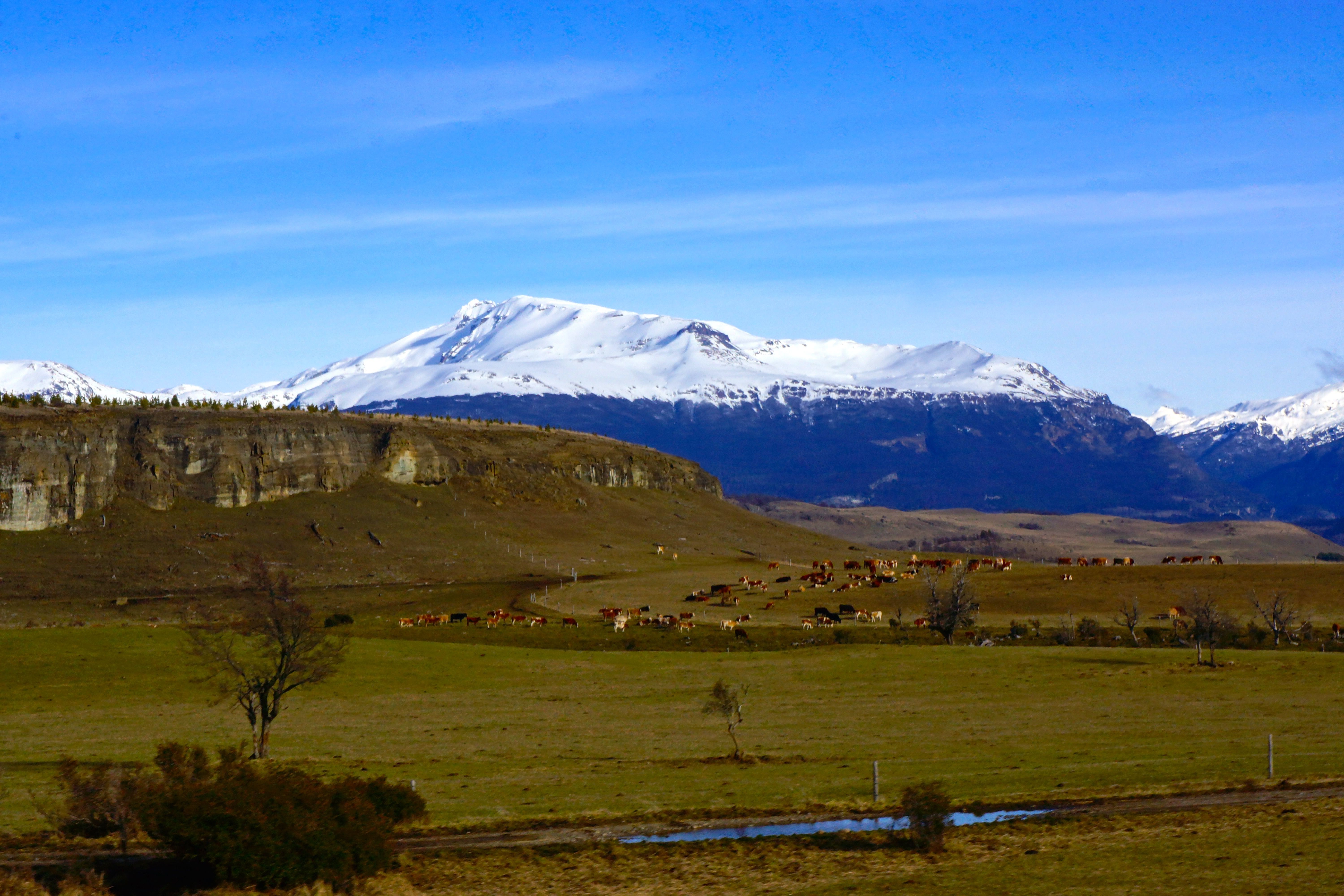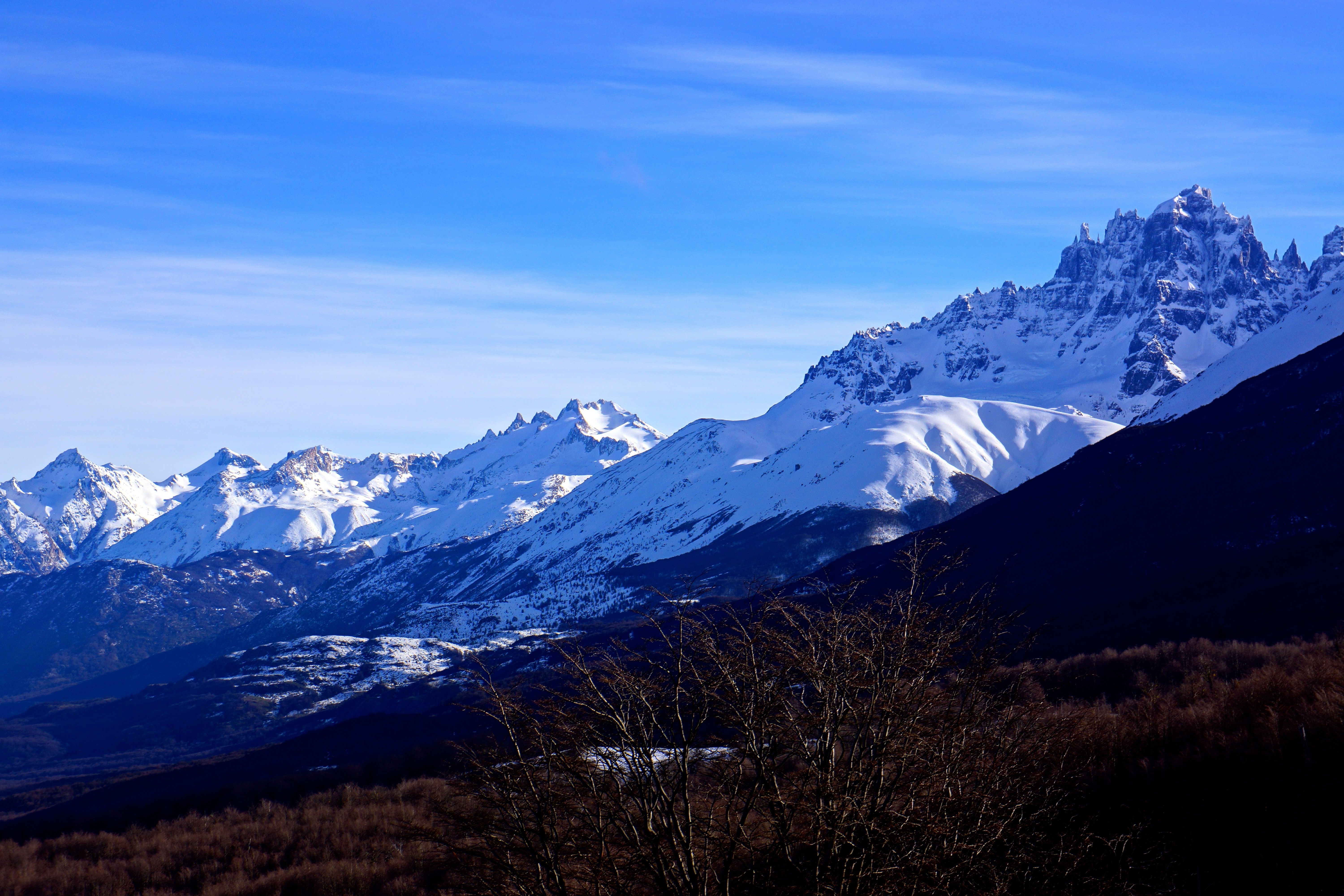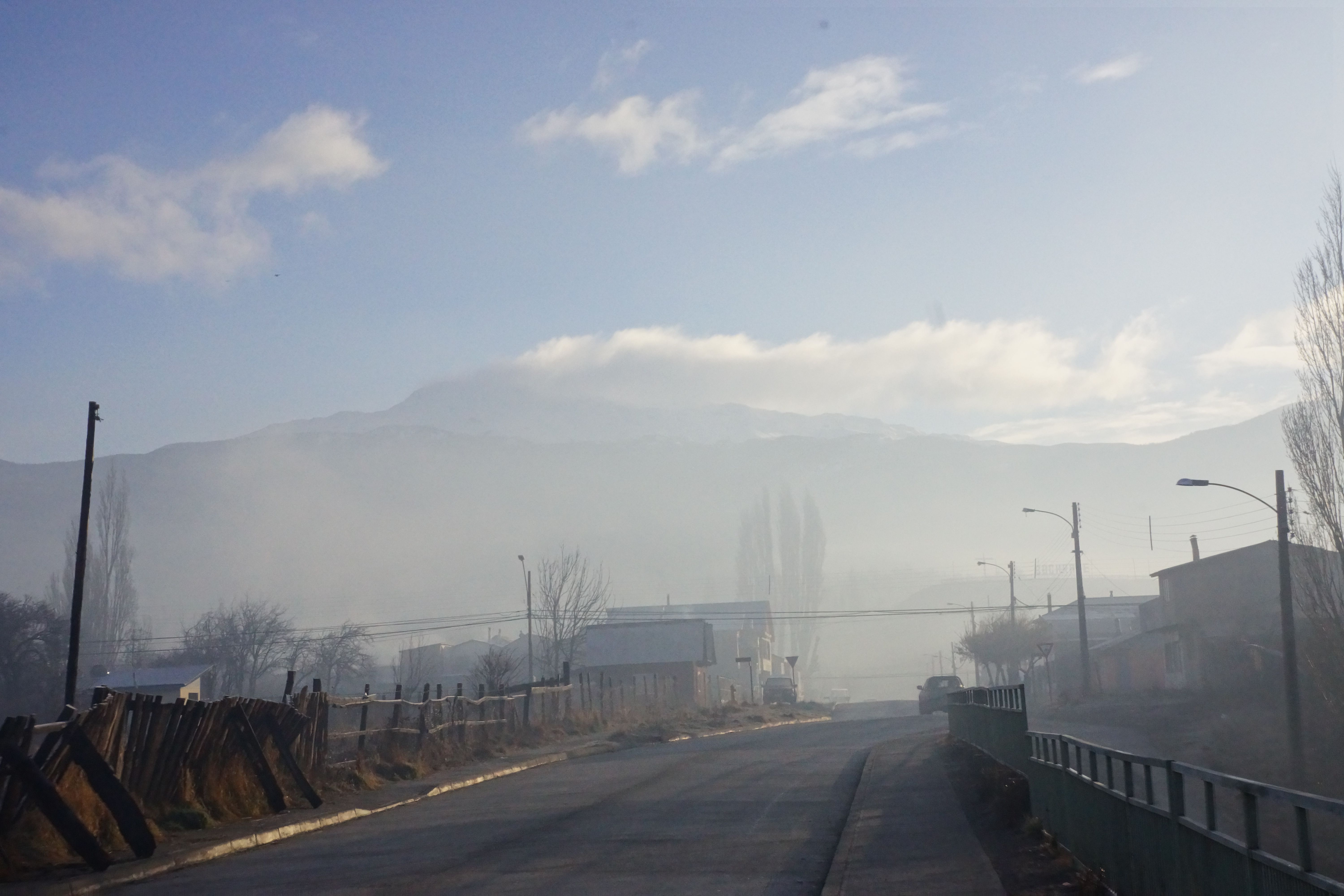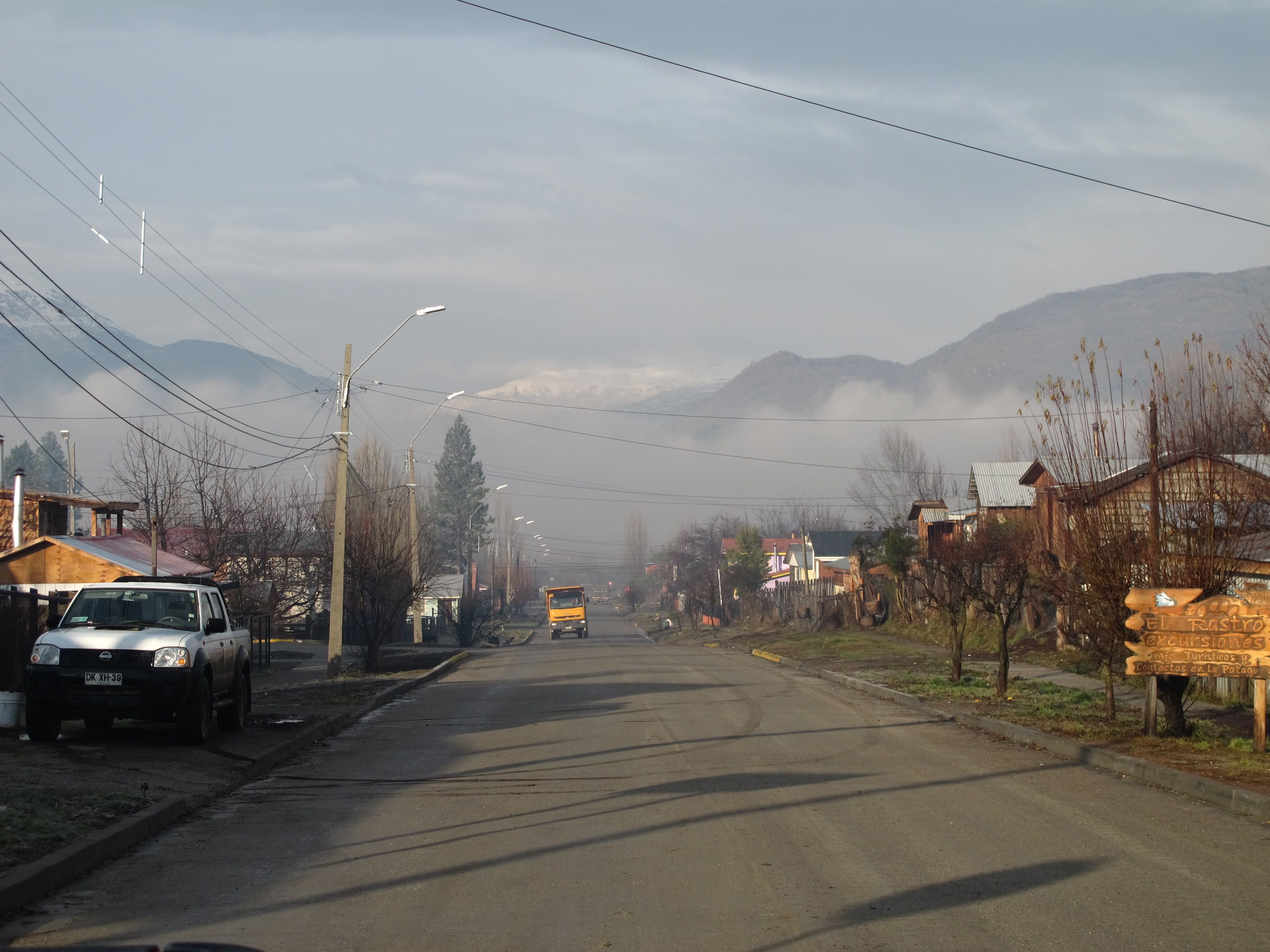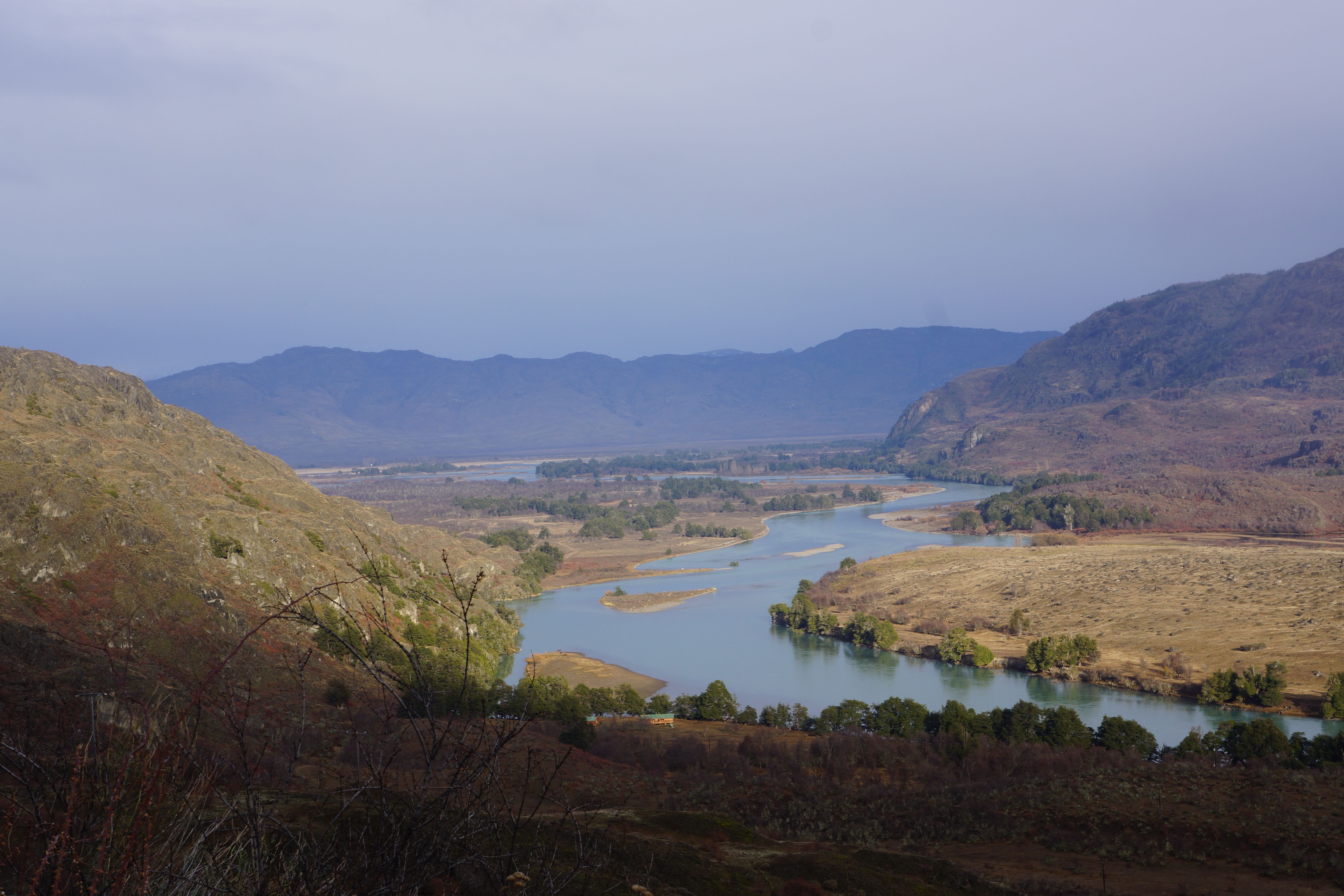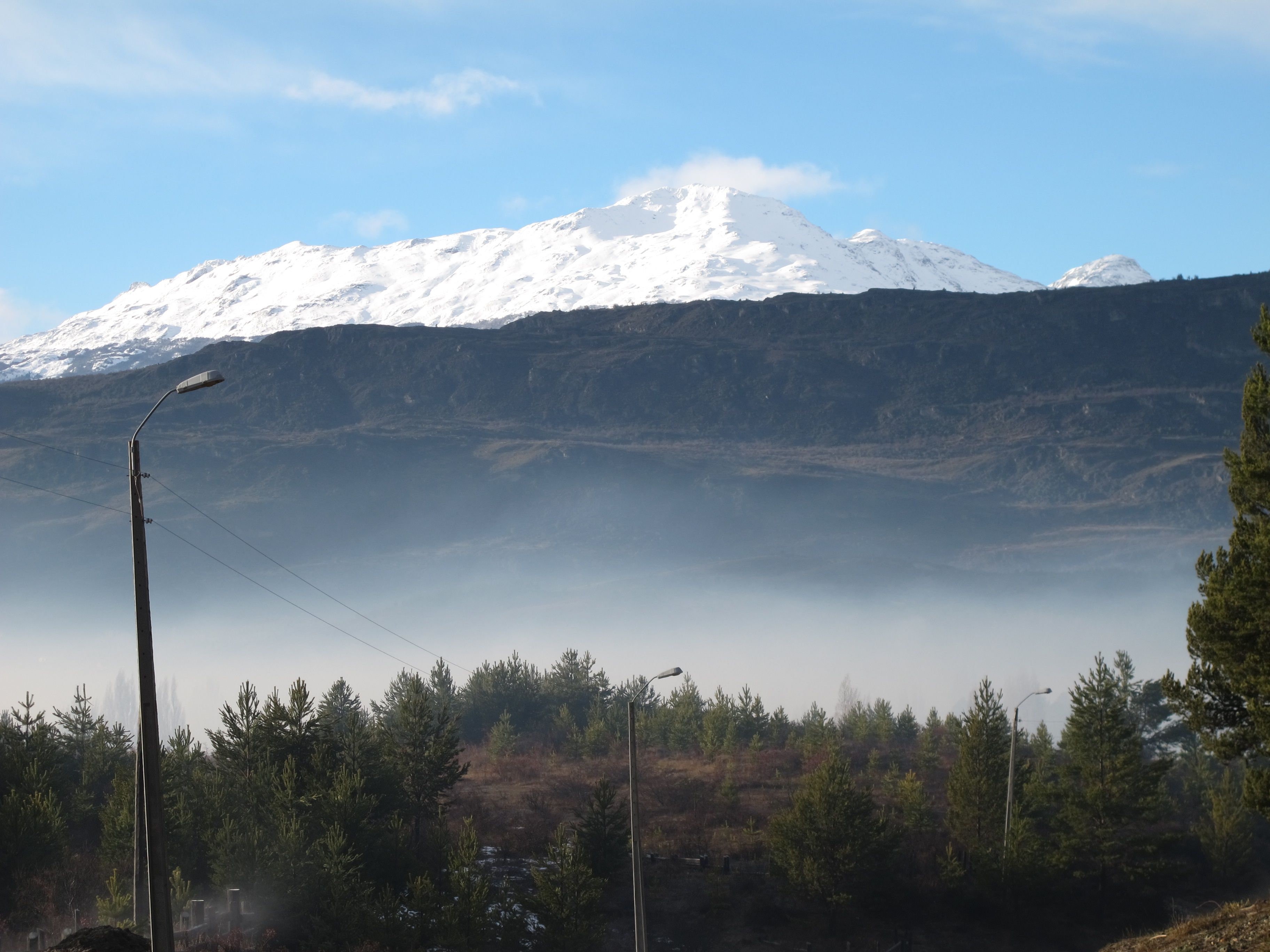COCHRANE, Chile—Evading the threat of hydroelectric dams appears only to have highlighted Chile’s energy problems.
For the last eight years the threat of hydroelectric dam development in Chile’s southern region, Patagonia, has made international headlines, impacted presidential elections, and threatened the fragile Patagonian ecosystem.
International developers are eager to harness and benefit from Patagonia’s natural resources and environmentalists, both local and international, are equally passionate about stopping them.
The cost of energy, generally for heating during the harsh Patagonian winters, remains unaffordable for Chileans. As a result each house has a wood-burning stove.
A population shift from the farms into the cities has caused a ripple effect of environmental challenges for Patagonia. The demand for wood to burn is quickly deforesting the region.
As wood becomes harder to find households have begun to burn green wood—significantly reducing the wood’s efficiency as an energy source and increasing air pollution. It is not uncommon for families desperate to keep warm to burn trash or pieces of wood from park benches.
In the worst cases the cold leaves individuals unable to move from under their comforters, huddled at home waiting for warmer weather when they can begin to work again.
This winter, for more than 30 days in a row, the city banned exercise both outdoors and indoors due to poor air quality.
Peter Hartmann, the director of the Committee for the Defense of Flora and Fauna (CODEFF) in Aysen, was a leader in the eight-year battle to prevent hydroelectric development in Patagonia. He had on three coats and a hat while sitting in his office in Coyhaique for our interview.
Hartmann, aware of the underlying politics and injustice here, criticized the government for subsidizing the price of gas heating in order to reduce the pollution in Puerto Natales and Punta Arenas, the tourist region of Patagonia.
A plan to reduce pollution in Coyhaique as well as Cochrane will not be implemented until 2015. Unfortunately the plan focuses on burning dry wood and switching to different stoves. It's already destined to be a disappointing attempt at solving the problem.
Many in this region were the strongest supporters of the hydro-electric mega-project Hidyroaysen. Cochrane resident and president of La Voz de la Patagonia, Carlos Olivares says, “What’s important is that the people here have a right to development. I’d like the people of the United States and Europe to know that the majority of people here want the hydroelectric project.”
When asked why Hidroaysen is a good project, Olivares explained, “I didn’t say it was a good project. We have to do a good project. People have to make a project that is sustainable, socially, economically, and environmentally equal.”
From 2006 to 2014 environmentalists from all over the world came together to defend the natural landscape of Patagonia, but people like Olivares, living under a cloud of smoke, feel forgotten. “[The people] who end up suffering from rejecting HidroAysen are the people here. The region of Aysen continues living in the margins,” Olivares said.
Olivares has lived in this area his whole life. He doesn’t want to see Patagonia destroyed, but he does want to enjoy a breath of fresh air and a warm home.
Without this project there is no real solution in sight. Months worth of living in smoke demand a faster answer.
